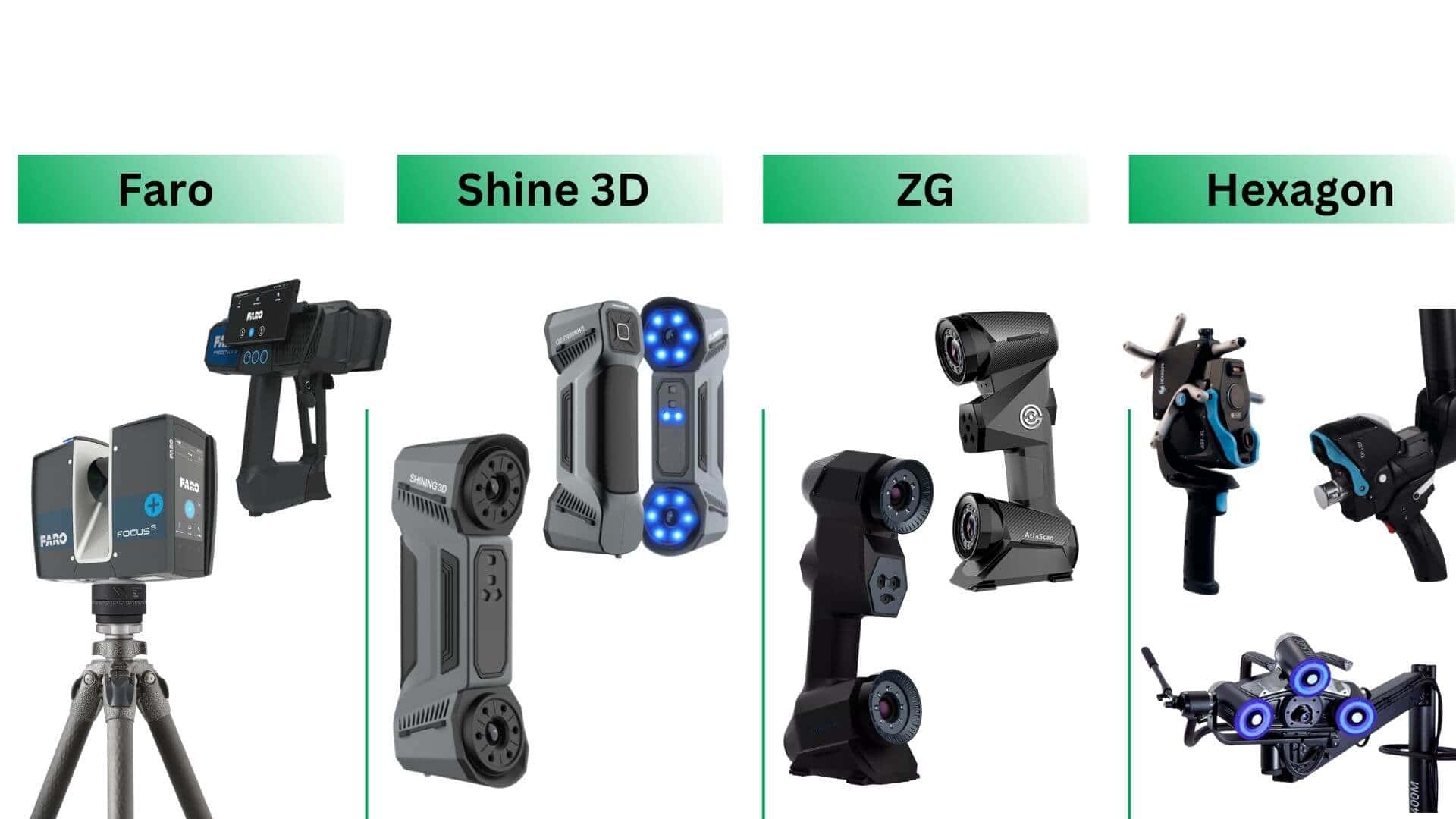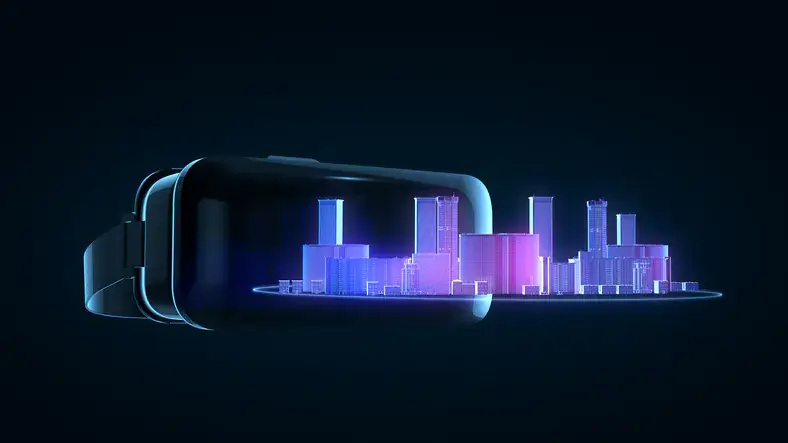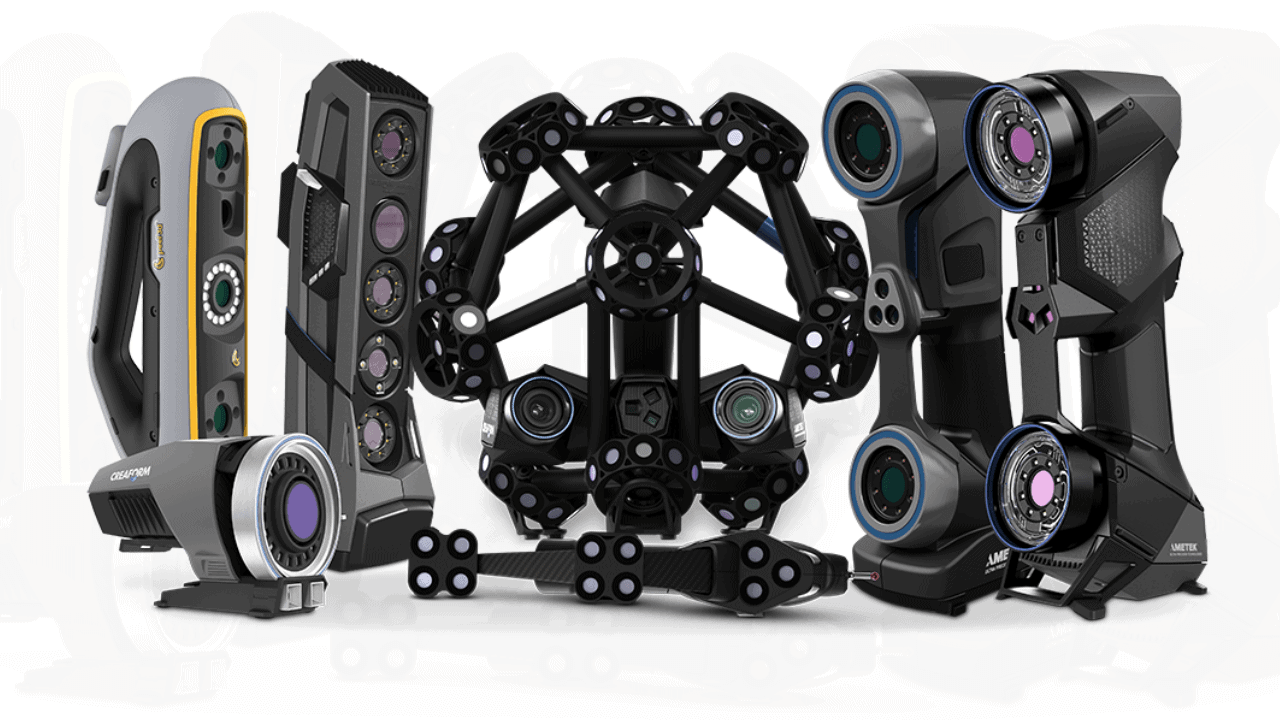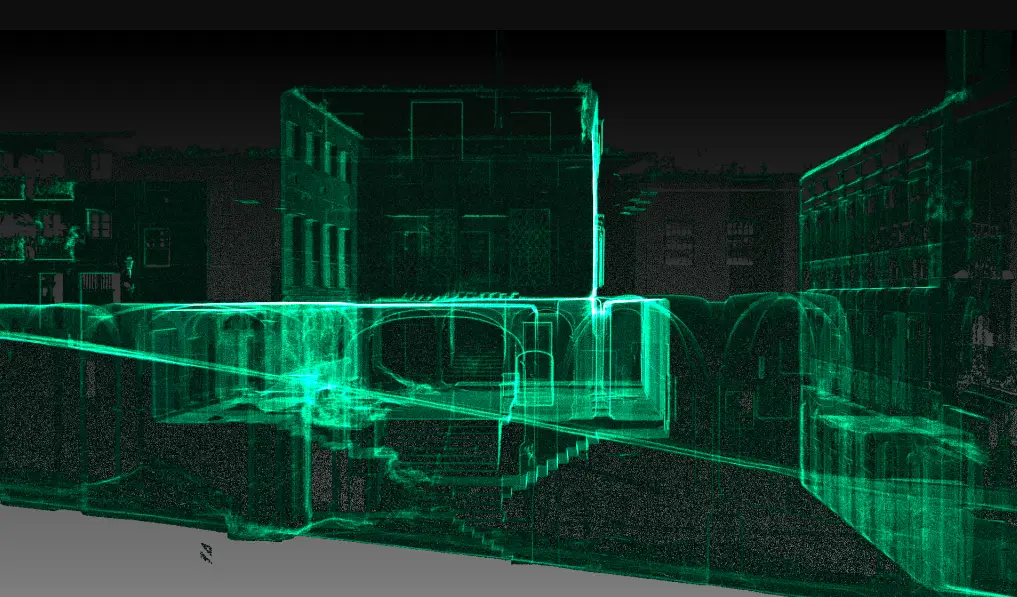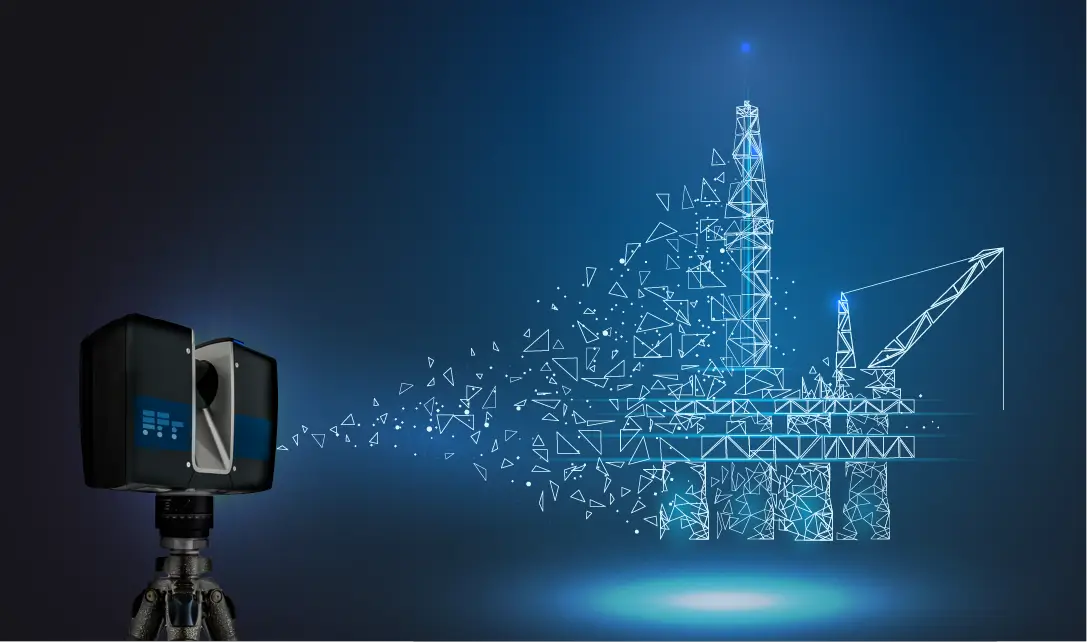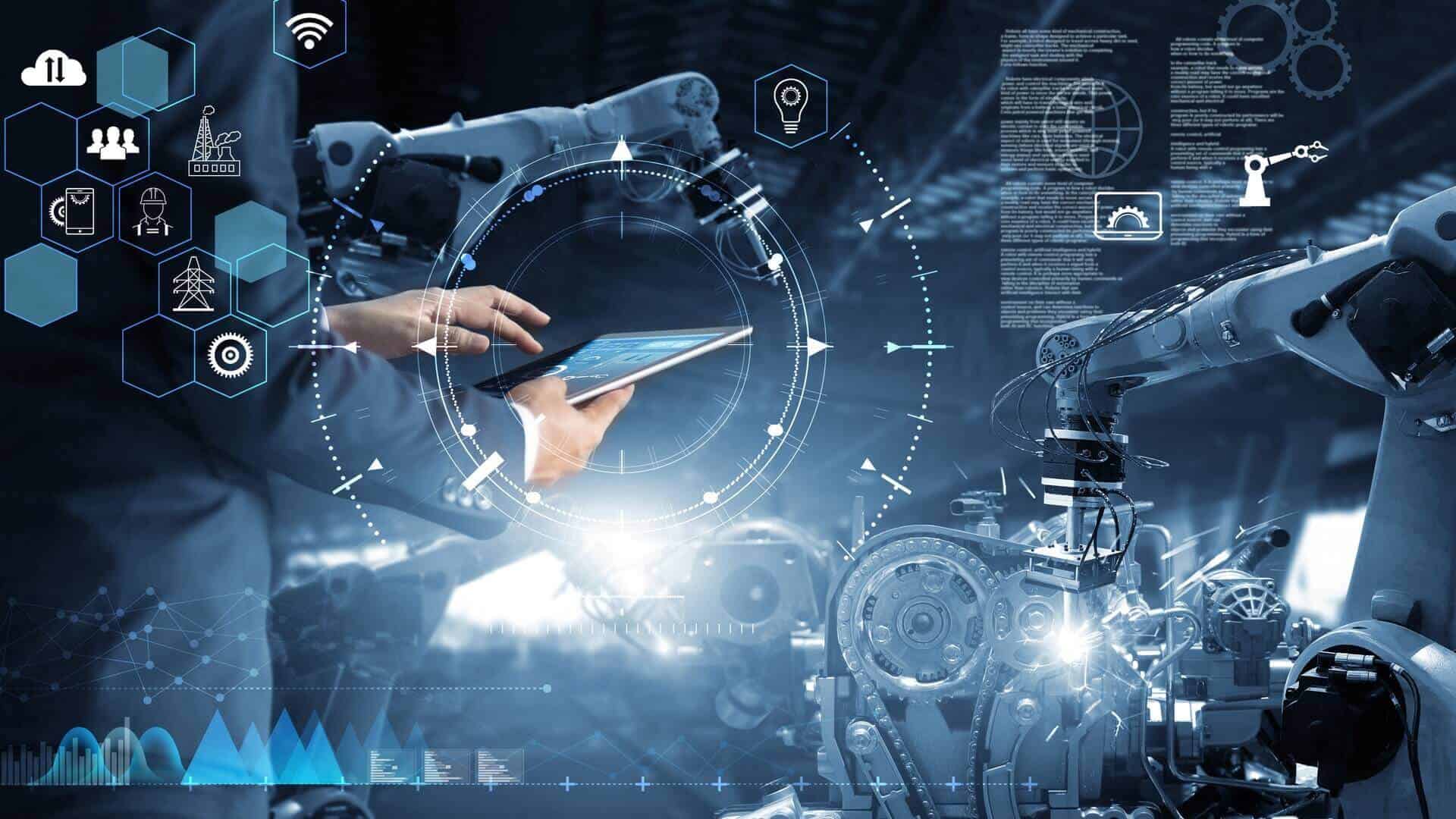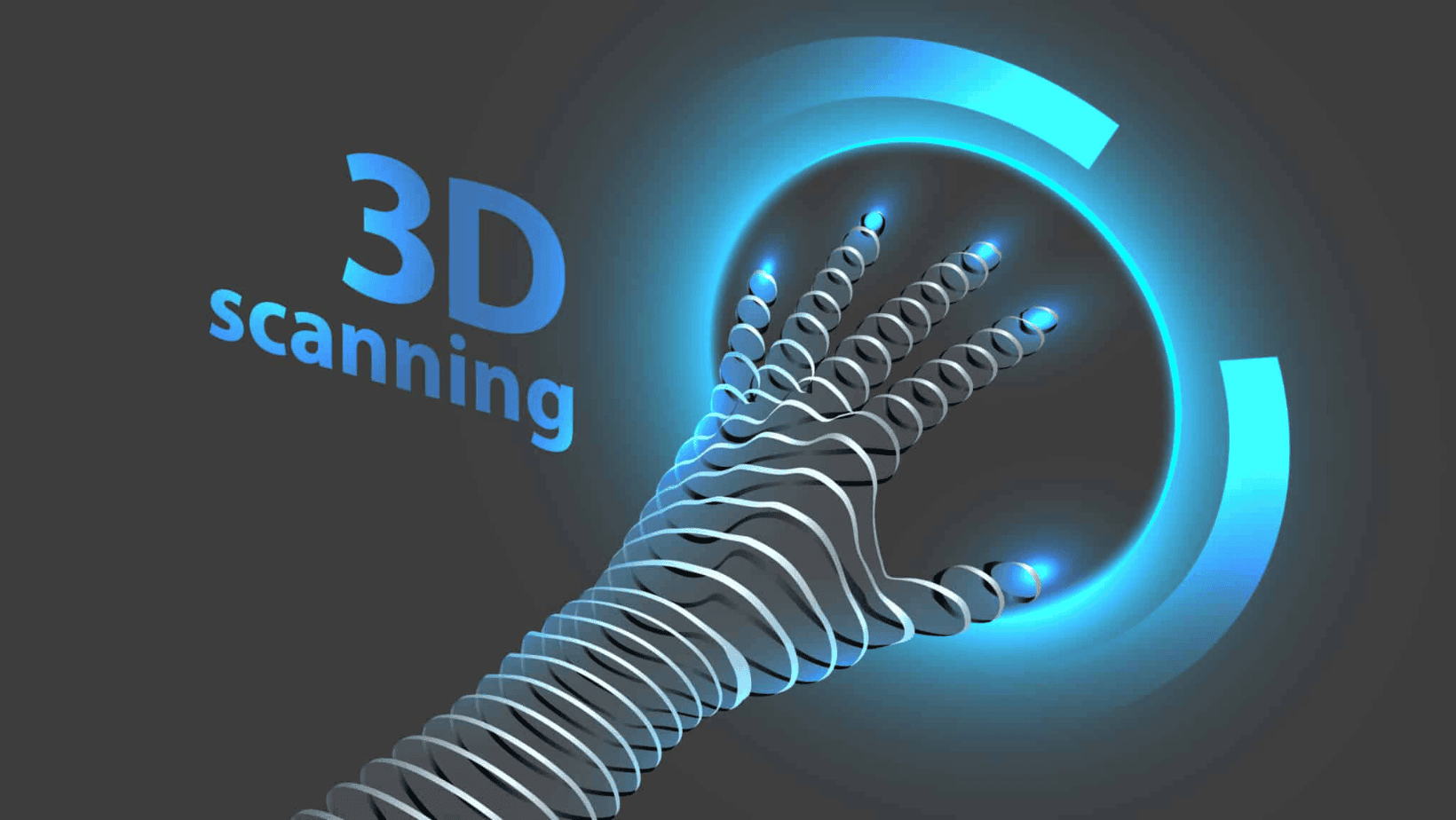Unlocking Precision and Efficiency with 3D Laser Scanning Services
Introduction:
In the ever-evolving realm of technology, 3D laser scanning services have emerged as a revolutionary tool, transforming the way we capture and analyze spatial data. From architectural marvels to industrial facilities, this cutting-edge technology offers unparalleled precision and efficiency. In this blog post, we will delve into the world of 3D laser scanning, exploring its applications, benefits, and how it is reshaping industries worldwide.
What is 3D Laser Scanning?
At its core, 3D laser scanning is a non-contact, non-destructive method of capturing the shape and details of physical objects or environments using laser light. The scanner emits laser beams, which bounce off the surfaces they encounter, and the device measures the time it takes for the laser to return. By collecting millions of data points in a matter of seconds, a detailed and highly accurate 3D representation is generated.
Applications Across Industries:
- Architecture and Construction:
– Streamlining Building Information Modeling (BIM) processes.
– Capturing as-built conditions for renovation or restoration projects.
– Detecting structural deformations and potential issues during construction.
- Industrial Design and Manufacturing:
– Reverse engineering for product development.
– Quality control and inspection of manufactured components.
– Facility layout planning and optimization.
- Civil Engineering and Infrastructure:
– Surveying and mapping for urban planning and development.
– Monitoring and managing transportation infrastructure.
– Creating accurate topographical maps for various projects.
- Heritage Preservation:
– Documenting historical sites and artifacts in intricate detail.
– Conservation efforts through precise measurements and monitoring.
Benefits of 3D Laser Scanning Services:
- Precision and Accuracy:
– Captures highly accurate measurements, reducing human error.
– Ideal for projects demanding precision, such as architectural design and manufacturing.
- Time Efficiency:
– Rapid data capture enables quicker project completion.
– Reduces downtime in industrial settings during inspections or maintenance.
- Cost Savings:
– Minimizes the need for manual measurements and rework.
– Enhances project planning, reducing unexpected costs.
- Enhanced Collaboration:
– Facilitates seamless collaboration among interdisciplinary teams.
– Allows stakeholders to visualize and understand complex spatial data easily.
- Safety:
– Minimizes the need for physical access to hazardous or hard-to-reach areas.
– Reduces the risk of accidents during data capture.
Conclusion:
As we step into the future, 3D laser scanning services continue to play a pivotal role in reshaping industries and unlocking new possibilities. The precision, efficiency, and versatility of this technology make it an indispensable tool for architects, engineers, manufacturers, and preservationists alike. Whether it’s streamlining construction processes or preserving our cultural heritage, 3D laser scanning is driving innovation and pushing the boundaries of what is possible in the world of spatial data capture.

